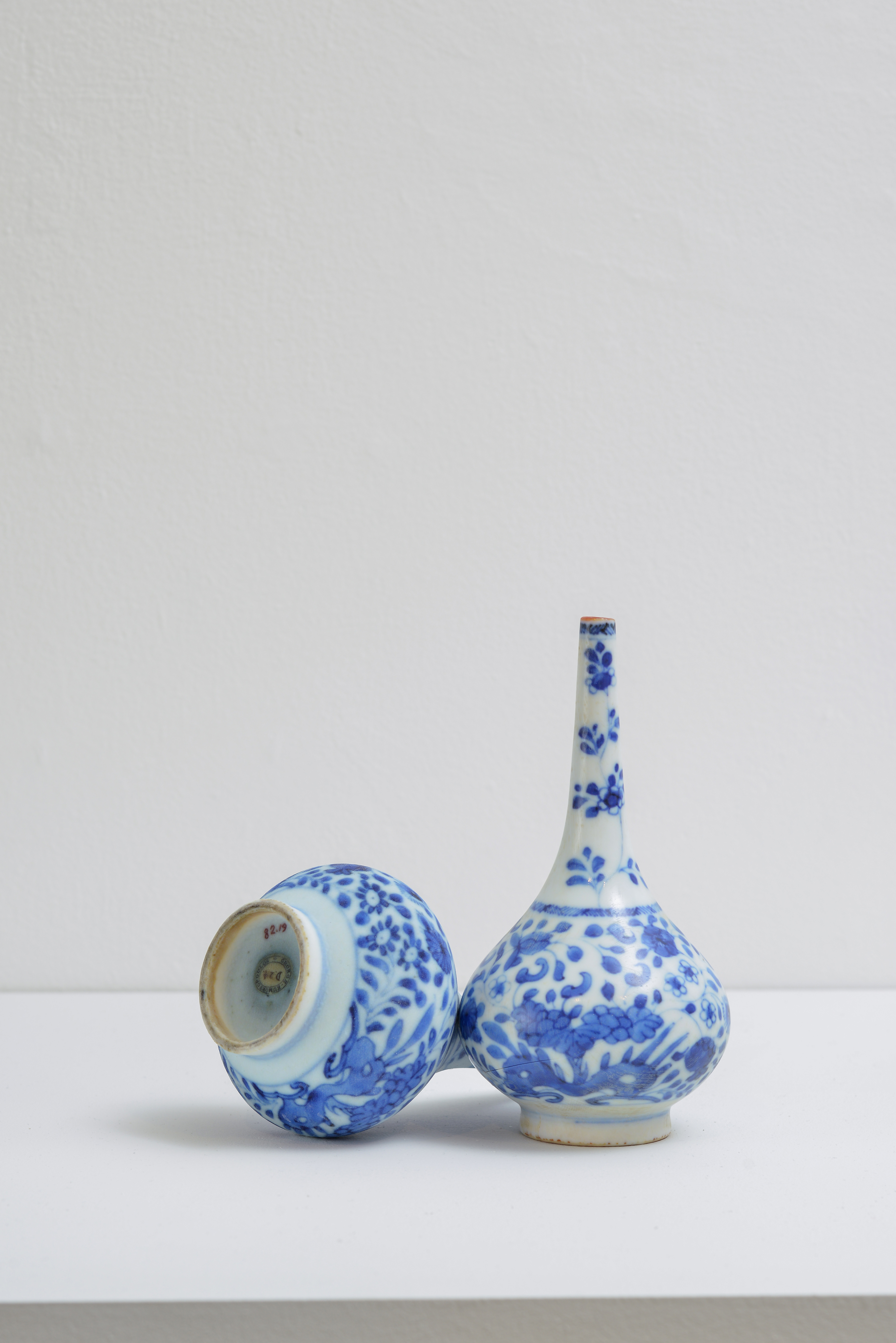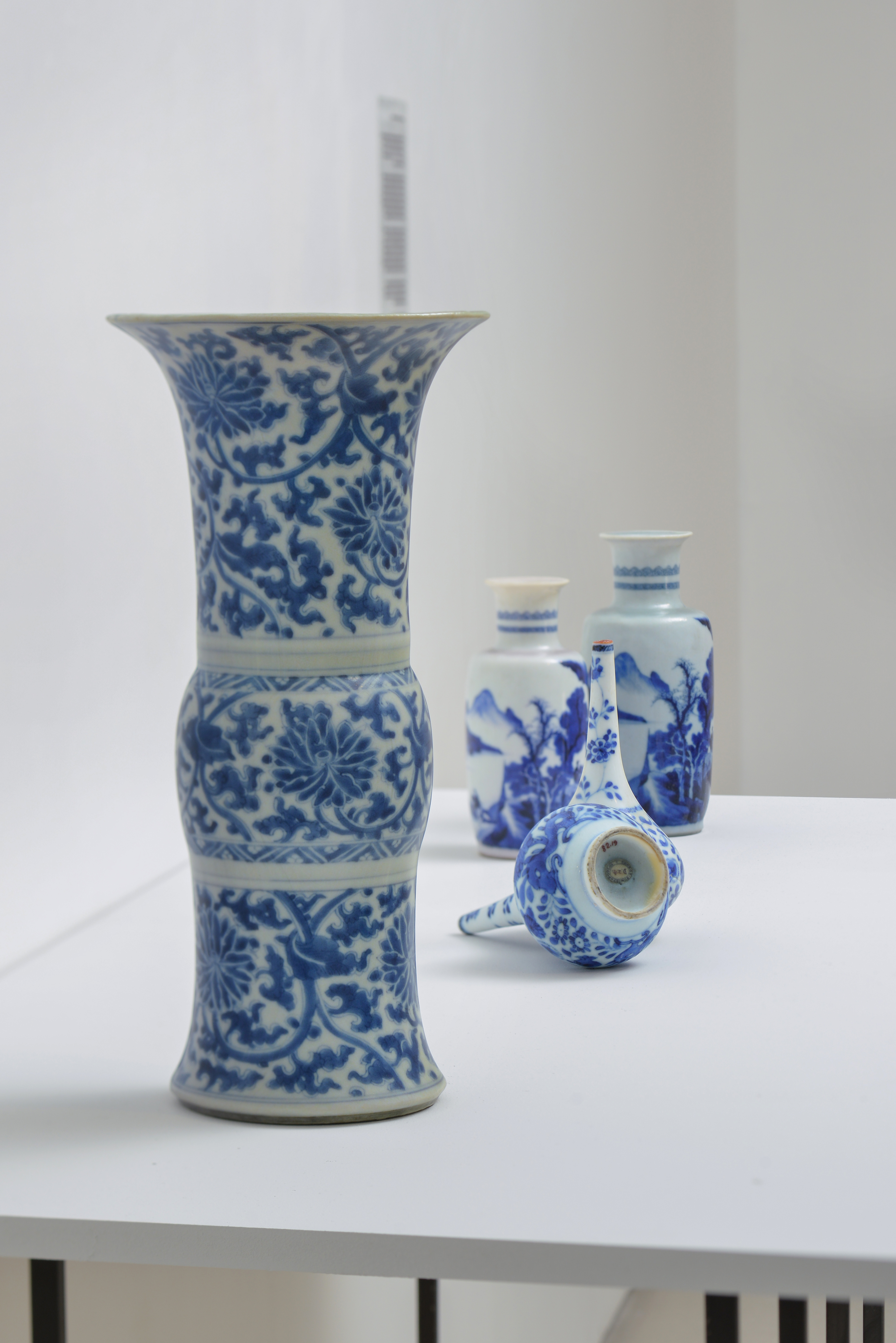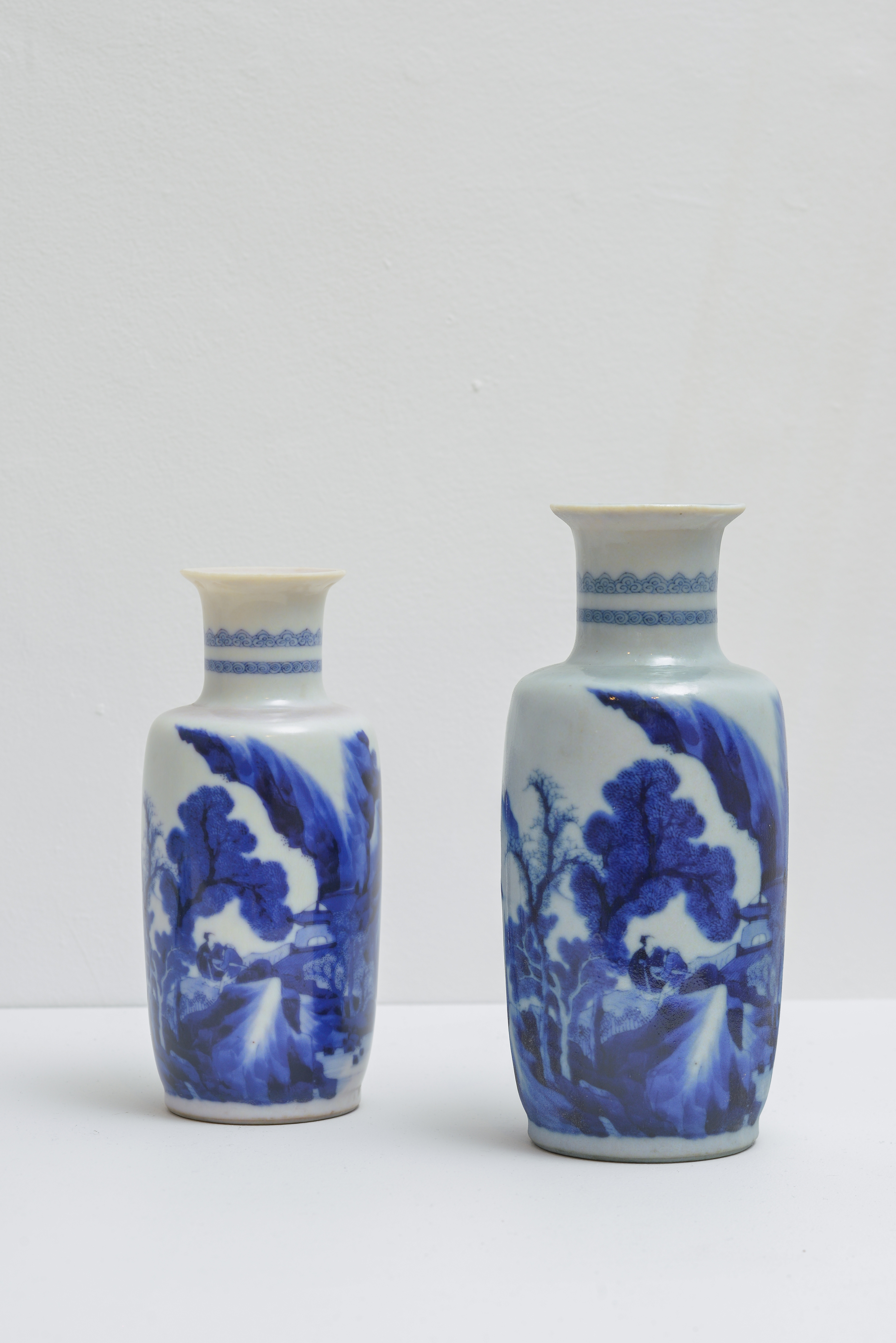The capabilities of colored 3D printers with high accuracy raise once a gain the question of the relationship between the original and the reproduction. As described by Walter Benjamin in “The Work of Art in the Age of Mechanical Reproduction”, the unique status of the original continues to be undermined – and the unlimited reproduction that has no hierarchy is more relevant than ever. Many museums 3D scan huge numbers of artifacts from various media as a service to the public. These scans available on the museum websites as “open source” can be downloaded. In this way digital objects and scanned artifacts can be transferred around the world in minutes or even seconds. This could imply that in the future it would be easier and cheaper to 3D print works of enitre exhibitions rather than transport them.
On one hand, the enormous and rare data bases have, through scanning, made these objects accessible in a very democratic way, and enable fast learning through a screen in ones own home. On the other hand, when talking about material culture, the question arises which reproduction is authentic and credible? the replica made by hand copying the original technique used in making the vase (but open to mistakes and human bias), or the amazingly precise technical reproduction that does not copy the making process but only the result? or perhaps both?
Colored 3D printing of 5 Chinese vases of the Qing Dynasty 1644 – 1911. Despite the fact that these vases are from this period, each vase has unique characteristics, 3D printing from a digital file enables printing identicle copies with scales.
Colored 3D printing by Stratasys, 3D scanning and digital file by the Smithsonian Museum




